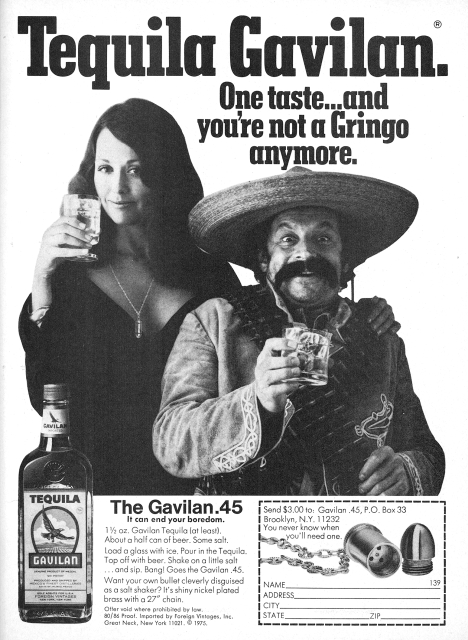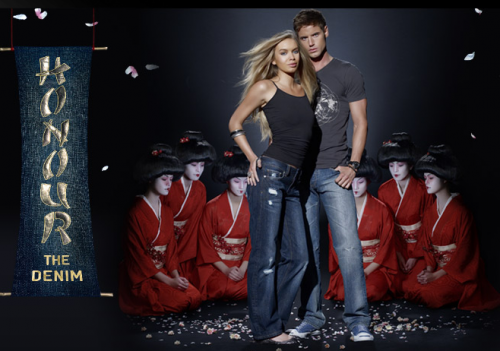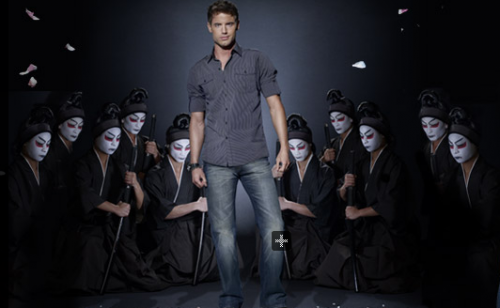
Binyavanga Wainaina does an excellent job, in this 3-minute video, describing ways that “Africa” tends to be written about in the West. See how many of the tropes you recognize:
To paraphrase Jose, at Thick Culture, it’s important to be engaged with the world, but our engagement shouldn’t be entirely on our terms. And, especially, not terms in which the Western world gets to construct itself as the savior of the less fortunate (e.g., Avatar).
Such ideas make it seem as if underdeveloped parts of the world are somehow inherently deficient (culturally or otherwise). When, in fact, insofar as underdeveloped parts of Africa or other continents need saving, it is partly (largely?) because of (1) a history of colonialism that stole their resources and disrupted their societies and (2) the current global economic system that continues to put them at a devastating disadvantage.
See also: The Single Story of “Africa”
Lisa Wade, PhD is an Associate Professor at Tulane University. She is the author of American Hookup, a book about college sexual culture; a textbook about gender; and a forthcoming introductory text: Terrible Magnificent Sociology. You can follow her on Twitter and Instagram.






